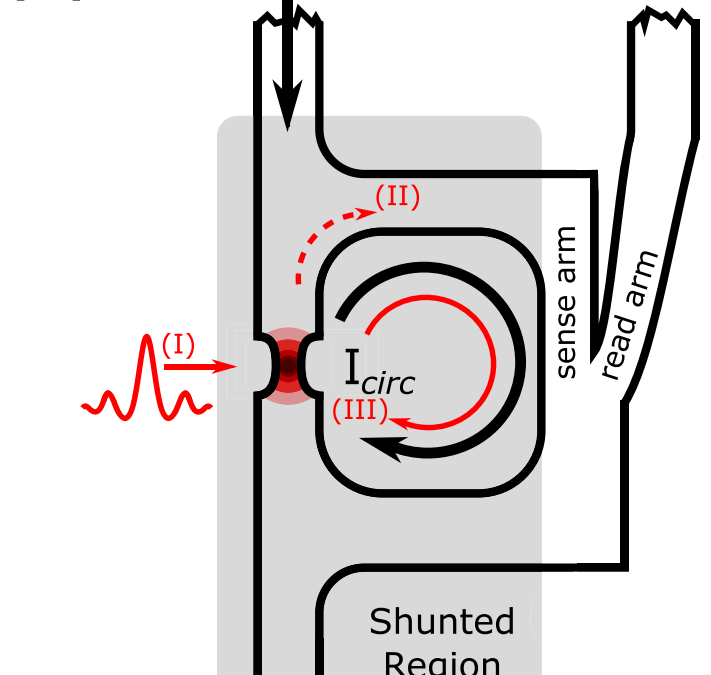
Jan 7, 2020 | News Articles
In this work, we present a novel device that is a combination of a superconducting nanowire single-photon detector and a superconducting multilevel memory. We show that these devices can be used to count the number of detections through single-photon to single-flux...
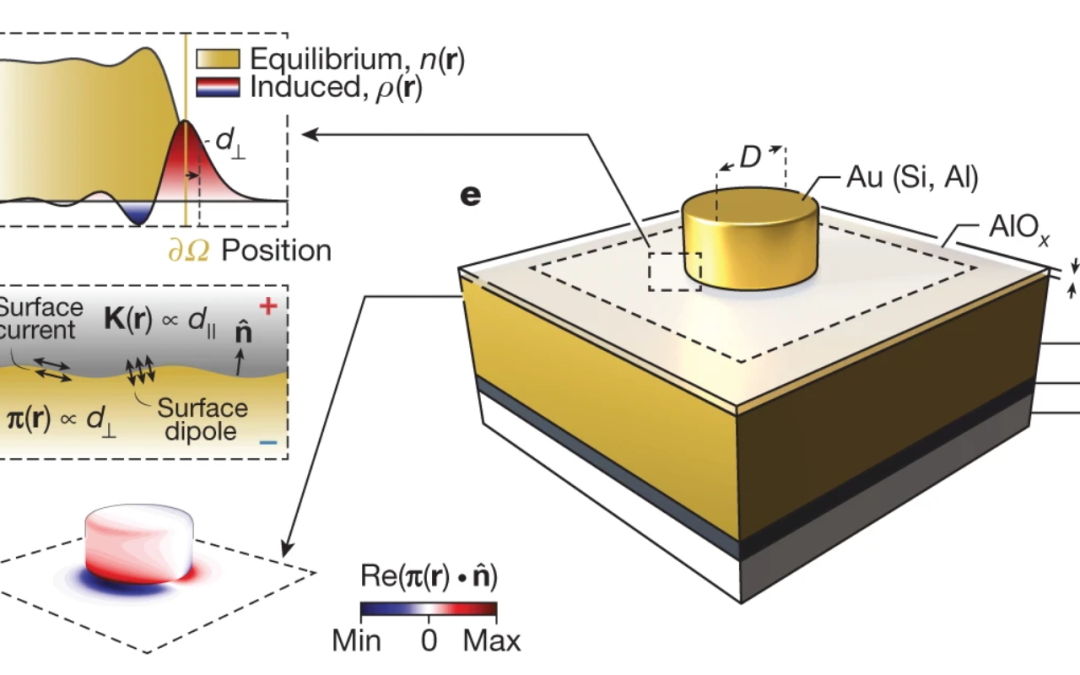
Dec 12, 2019 | News Articles
The macroscopic electromagnetic boundary conditions, which have been established for over a century, are essential for the understanding of photonics at macroscopic length scales. Even state-of-the-art nanoplasmonic studies, exemplars of extremely interface-localized...

Nov 17, 2019 | News Articles
Congratulations to Andrew Dane, who won the best poster award at the 706th W.E. Heraeus Seminar, titled Superconducting Kinetic Inductances for his work on high-Q superconducting niobium resonators incorporating nanoscale quasiparticle traps. Details regarding his...
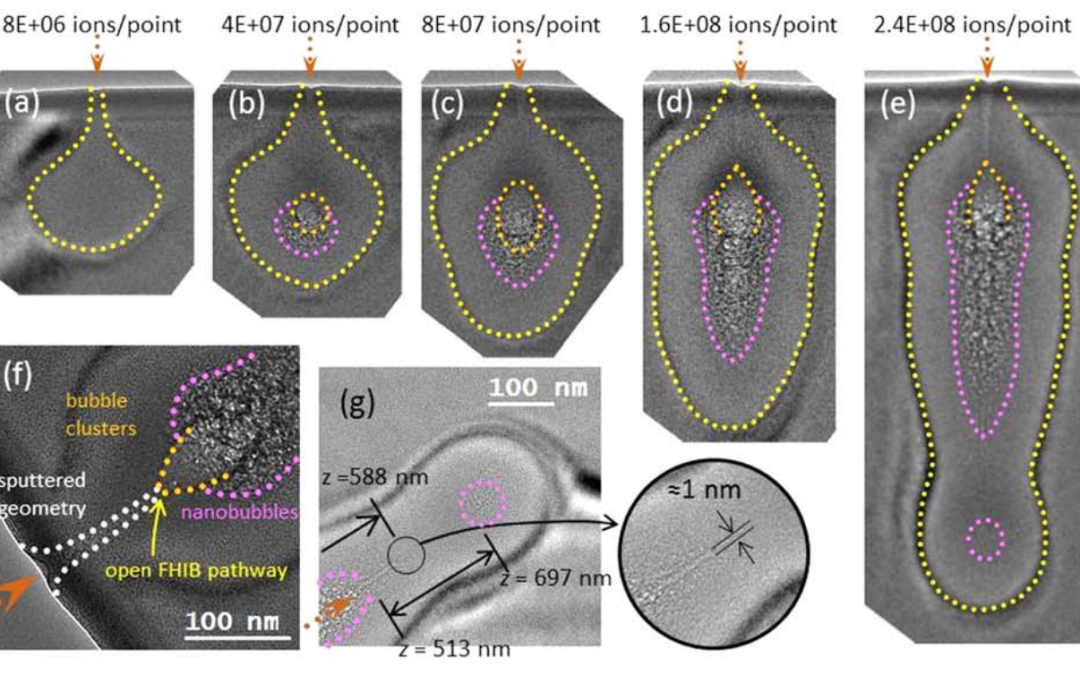
Nov 14, 2019 | News Articles
Targeted irradiation of nanostructures by a finely focused ion beam provides routes to improved control of material modification and understanding of the physics of interactions between ion beams and nanomaterials. Here, we studied radiation damage in crystalline...
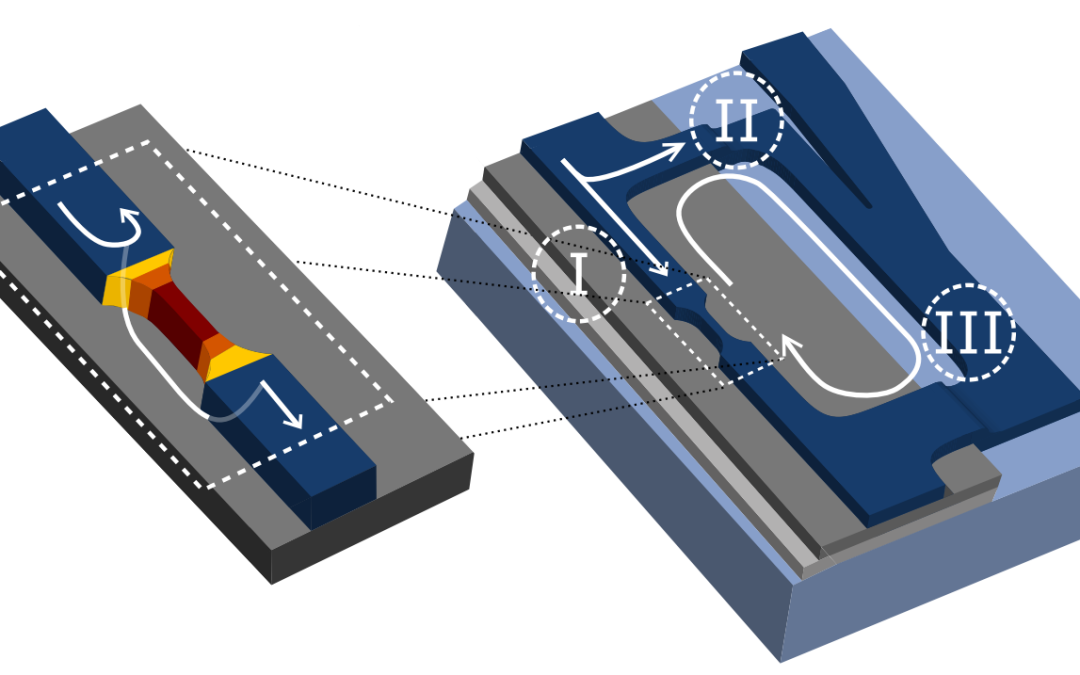
Oct 22, 2019 | News Articles
Training of deep neural networks (DNNs) is a computationally intensive task and requires massive volumes of data transfer. Performing these operations with the conventional von Neumann architectures creates unmanageable time and power costs. Recent studies have shown...
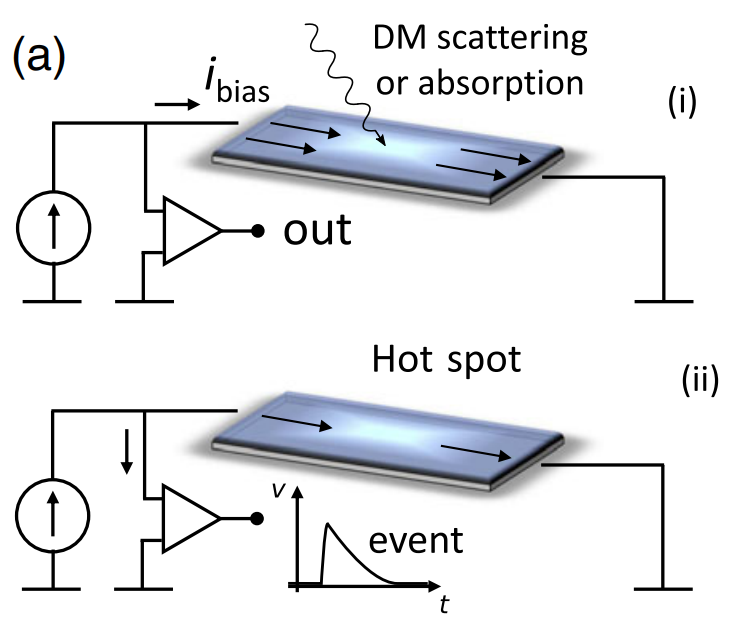
Oct 10, 2019 | News Articles, Uncategorized
We propose the use of superconducting nanowires as both target and sensor for direct detection of sub-GeV dark matter. With excellent sensitivity to small energy deposits on electrons and demonstrated low dark counts, such devices could be used to probe electron...






